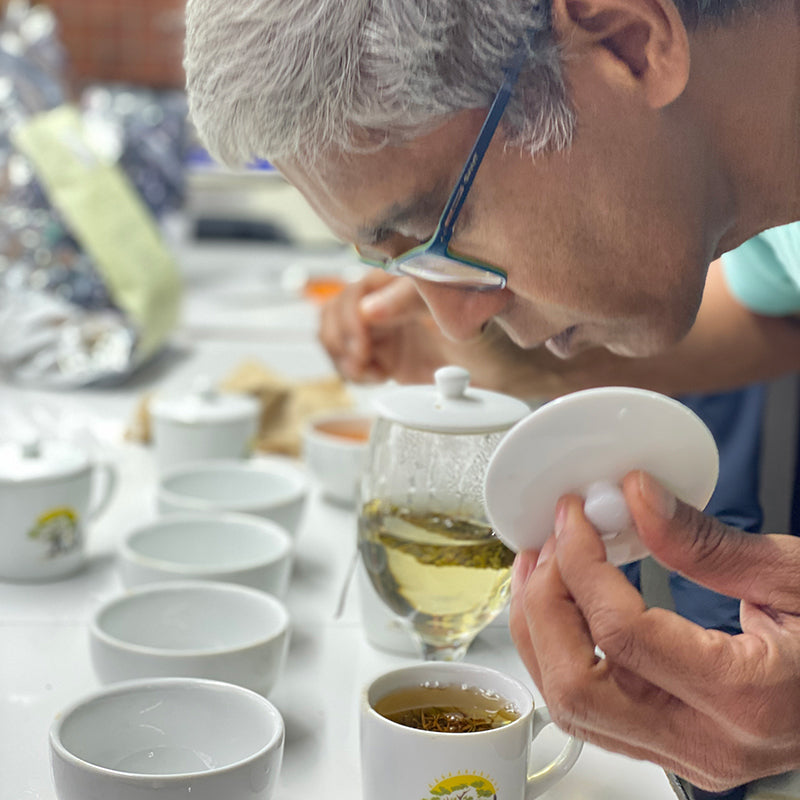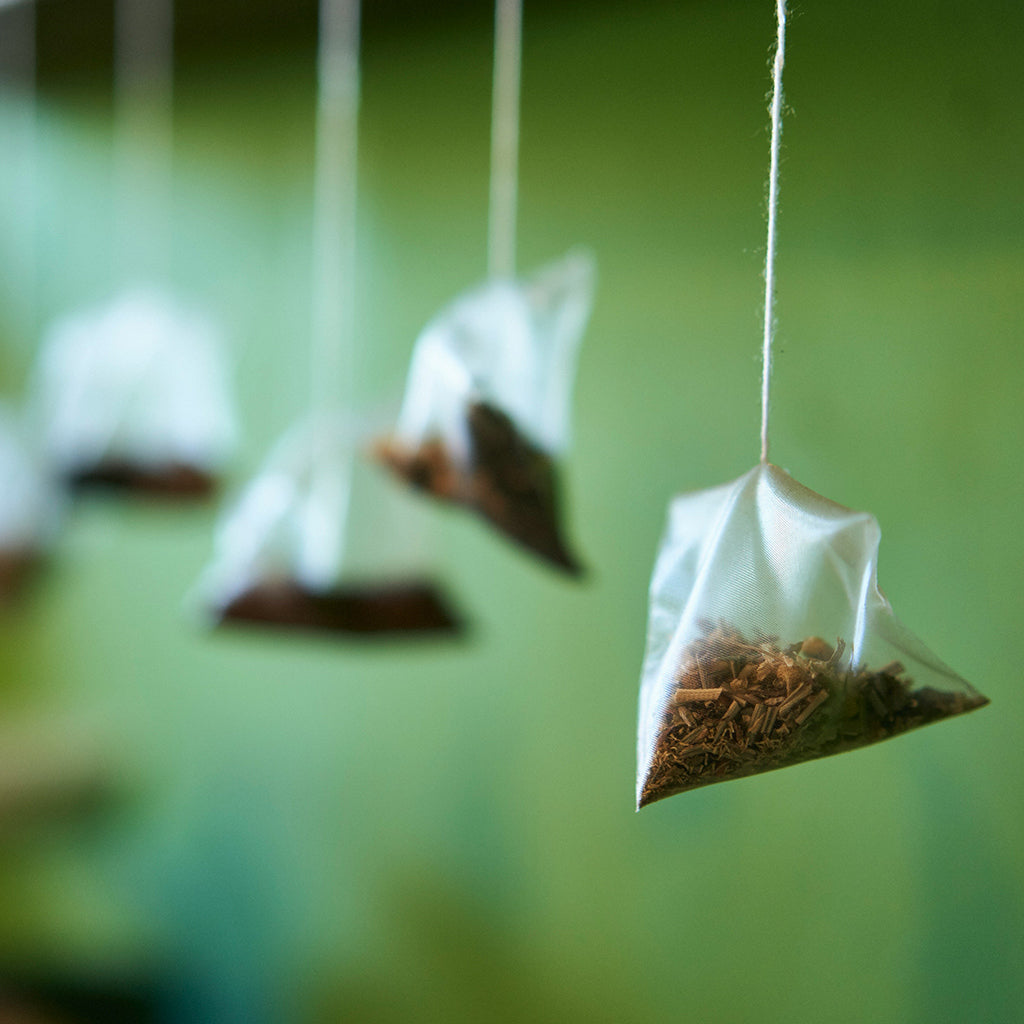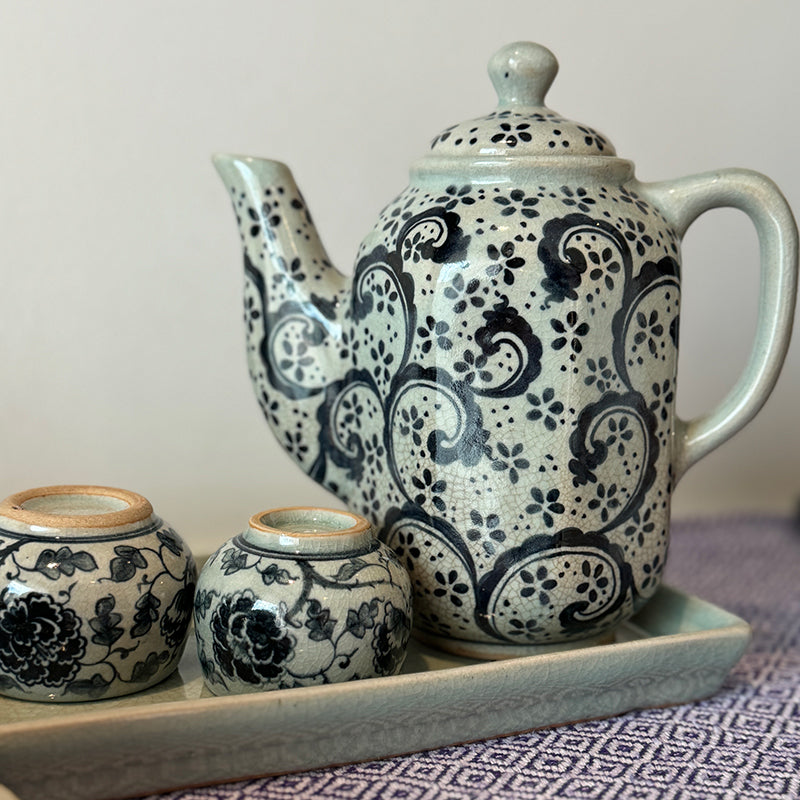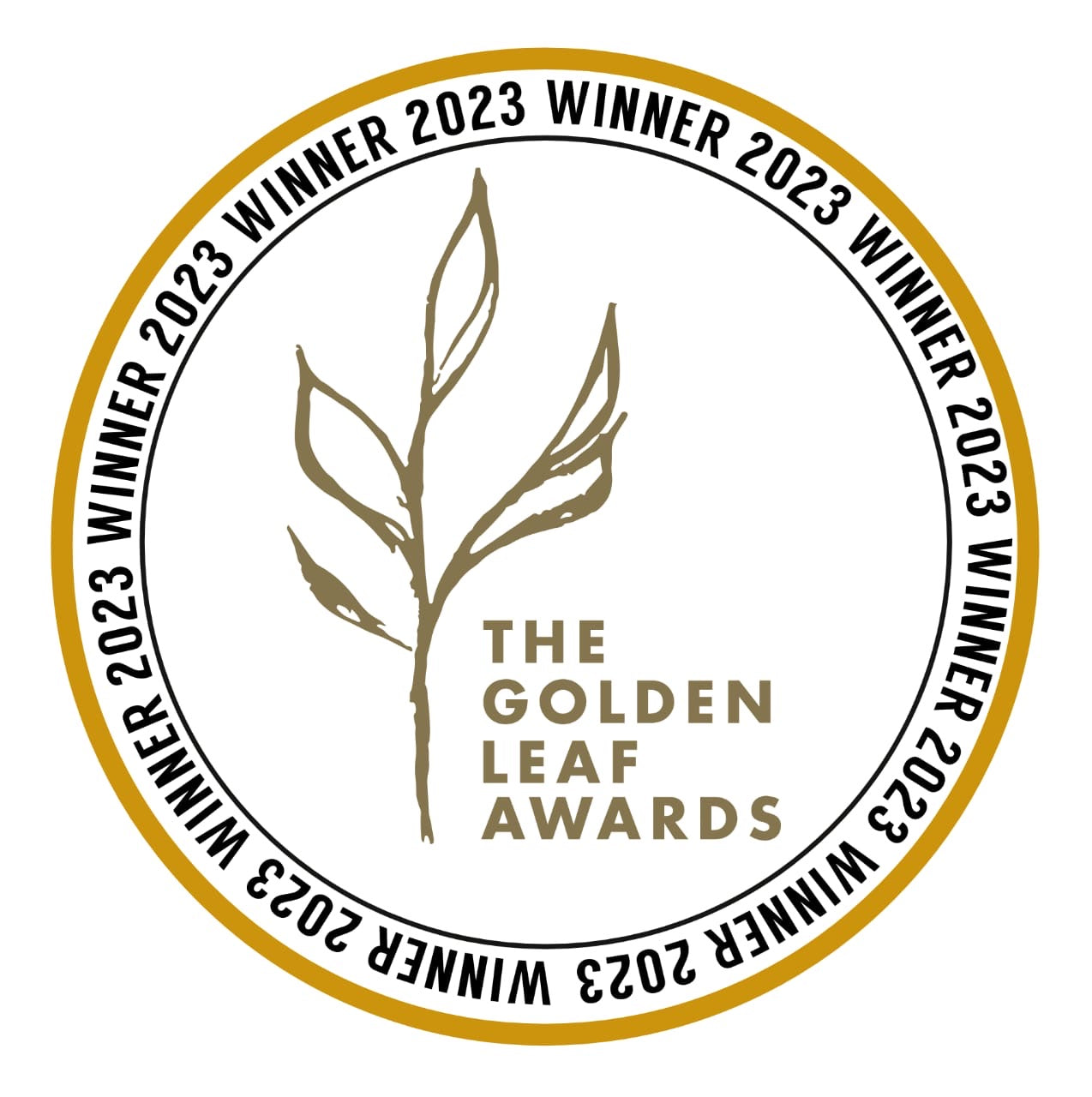Tea Infusions - Unraveling the Art and Science of Steeping Your Perfect Cup
Tea has been an integral part of human culture for centuries, celebrated for its soothing properties and diverse flavours. Among the various methods of preparing tea, one stands out for its ability to unlock the full potential of the leaves – tea infusion. In this article, we will delve into the art and science of tea infusions, exploring the factors that influence the steeping process and how to achieve that perfect cup that tantalises the taste buds and nourishes the soul.

Tea infusion is a process of steeping dried tea leaves or herbal ingredients in hot water, allowing the flavours, aromas, and nutrients to be extracted. The magic happens when the hot water interacts with the tea leaves, releasing soluble compounds like polyphenols and antioxidants. The steeping time and water temperature play crucial roles in determining the strength and taste of the resulting brew.
Different types of tea require specific steeping temperatures and times to bring out their best qualities. Green tea, with its delicate leaves, prefers lower temperatures, just below boiling and shorter steeping times (1-2 minutes) to avoid bitterness. Black tea, on the other hand, is more robust and can handle higher temperatures of boiling water and slightly longer steeping times (3-5 minutes).

Oolong tea falls somewhere in between, needing temperatures just below boing & for around 2-3 minutes of steeping. White tea, known for its subtle flavours, typically calls for temperatures around 80°C and 2-5 minutes. Herbal infusions, like chamomile or peppermint, can withstand boiling water and are best steeped for 5-7 minutes to extract their aromatic properties.
While we focus on the tea leaves, the water quality used for the infusion is equally important. Ideally, fresh, filtered water should be used to ensure there are no unwanted impurities or chlorine flavours interfering with the tea's taste. The mineral content of the water can also impact the final result, with soft water generally producing a smoother cup, while hard water can lead to a more astringent brew.

Quality and characteristics of tea leaves directly impact the infusion process. Whole leaves, often referred to as loose-leaf tea, provide more space for water to interact, resulting in a more flavourful and aromatic cup. Broken tea leaves, commonly found in tea bags, offer a quicker infusion but may sacrifice some nuances in taste.
Selecting the right tea leaves, whether orthodox or artisanal, can make all the difference in your tea experience. Moreover, understanding the sourcing, processing, and age of the leaves can provide further insights into the potential flavours and aromas they possess.

Experimenting with Blends and Additions
Tea infusions also present an opportunity for creativity and personalization. Tea blends, which combine different types of tea or infuse herbs and fruits, offer a delightful array of tastes and aromas. The possibilities are endless, from classic combinations like Earl Grey (black tea with bergamot) to exotic fusions like jasmine green tea.
Additionally, adding a touch of honey, a twist of lemon, or a splash of milk can transform the character of your tea infusion. However, keep in mind that some teas, like fine green teas, are best enjoyed without any additions to savour their pure essence.

Tea infusion is an ancient art form that continues to captivate tea enthusiasts worldwide. With the right knowledge of steeping times, water temperatures, and tea leaf quality, anyone can master the art of preparing the perfect cup of tea that satisfies both the body and soul.
Let the ritual of tea infusion become a mindful and enriching experience, one steeped in tradition, yet brimming with endless possibilities for exploration and enjoyment.




